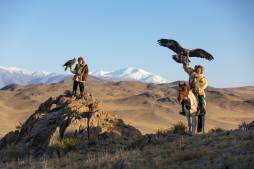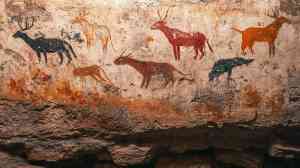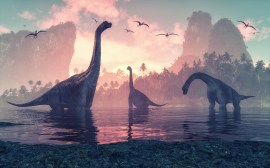How Animal Populations Have Changed Over the Last Century

Over the past century, animal populations around the world have experienced significant changes due to various environmental, human, and ecological factors. Understanding these trends is crucial for conservation efforts and maintaining biodiversity.
Global Decline in Wildlife Populations
Since 1900, many wildlife species have faced dramatic declines in their populations. Habitat loss, pollution, climate change, and overexploitation have contributed to this trend. According to studies like the Living Planet Report, global vertebrate populations have dropped by an average of more than 60% since the mid-20th century.
Species That Have Shown Population Growth
While many animals are declining, some species have shown population recoveries or growth due to conservation efforts. For example, certain bird species such as the bald eagle in North America and marine mammals like humpback whales have rebounded thanks to legal protections and habitat restoration.
Impact of Human Activities on Animal Populations
Human activities including deforestation for agriculture and urbanization have fragmented habitats leading to reduced animal populations. Additionally, hunting and fishing practices without sustainable management further threaten vulnerable species. Climate change also alters ecosystems affecting food availability and reproductive patterns.
Regional Variations in Population Trends
Animal population trends vary regionally; tropical rainforests often see sharper declines compared to temperate zones because of higher rates of deforestation. Conversely, some temperate regions report stable or increasing numbers of certain adaptable species that can thrive near human settlements.
The Importance of Monitoring and Conservation Efforts
Long-term monitoring helps track population changes which inform conservation strategies. Protecting endangered species through legal frameworks, establishing protected areas, restoring habitats, and promoting sustainable resource use are essential steps for reversing negative trends seen since 1900.
In summary, animal populations have undergone substantial shifts over the last century with many facing serious threats while others show hope through recovery efforts. Continued awareness and action remain vital to preserving global biodiversity for future generations.
This text was generated using a large language model, and select text has been reviewed and moderated for purposes such as readability.











